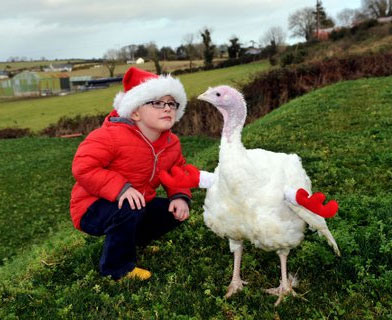In season: turkey is now available all year round but I associate this dish with Christmas.
This is my favourite roast stuffed turkey recipe. You may think the stuffing seems dull because it doesn’t include exotic-sounding ingredients like chestnuts and spiced sausage meat, but in fact it is moist and full of the flavour of fresh herbs and the turkey juices. Cook a chicken in exactly the same way but use one-quarter of the stuffing quantity given.
Serves 10-12
INGREDIENTS
(4.5-5.4kg) 1 x 10-12lb, free-range and organic, turkey with neck and giblets
Fresh Herb Stuffing
175g (6ozs) butter
350g (12oz) chopped onions
400-500g (14-16ozs) approx. soft breadcrumbs (check that the bread is non GM) (or approximately 1lb 4ozs of gluten-free breadcrumbs)
50g (2oz) freshly chopped herbs eg. parsley, thyme, chives, marjoram, savoury, lemon balm
salt and freshly ground pepper
Stock
neck, gizzard, heart,wishbone and wingtips of turkey
2 sliced carrots
2 sliced onions
1 stick celery
Bouquet garni
3 or 4 peppercorns
For basting the free range turkey
225g (8ozs) butter
large square of muslin (optional)
Garnish
large sprigs of fresh parsley or watercress
METHOD
Remove the wishbone from the neck end of the turkey, for ease of carving later. Make a turkey stock by covering with cold water the neck, gizzard, heart, wishbone, wingtips, vegetables and bouquet garni. (Keep the liver for smooth turkey liver pate). Bring to the boil and simmer while the turkey is being prepared and cooked, 3 hours approx.
To make the fresh herb stuffing: Sweat the onions gently in the butter until soft, for 10 minutes approx., then stir in the crumbs, herbs and a little salt and pepper to taste. Allow it to get quite cold. If necessary wash and dry the cavity of the bird, then season and half-fill with cold stuffing. Put the remainder of the stuffing into the crop at the neck end.
Weigh the turkey and calculate the cooking time. Allow 15 minutes approx. per lb and 15 minutes over. Melt the butter and soak a large piece of good quality muslin in the melted butter; cover the turkey completely with the muslin and roast in a preheated moderate oven, 180°C/350°F/regulo 4, for 2 3/4-3 1/4 hours. There is no need to baste it because of the butter-soaked muslin. The turkey browns beautifully, but if you like it even browner, remove the muslin 10 minutes before the end of the cooking time. Alternatively, smear the breast, legs and crop well with soft butter, and season with salt and freshly ground pepper. If the turkey is not covered with butter-soaked muslin then it is a good idea to cover the whole dish with tin foil. However, your turkey will then be semi-steamed, not roasted in the traditional sense of the word.
The turkey is cooked when the juices run clear.
To test, prick the thickest part at the base of the thigh and examine the juices: they should be clear. Remove the turkey to a carving dish, keep it warm and allow it to rest while you make the gravy.
The turkey is done when the juices run clear. To test, prick the thickest part at the base of the thigh and examine the juices, they should be clear. Remove the turkey to a carving dish, keep it warm and allow it to rest while you make the gravy.
To make the gravy: Spoon off the surplus fat from the roasting pan. De glaze the pan juices with fat free stock from the giblets and bones. Using a whisk, stir and scrape well to dissolve the caramelised meat juices from the roasting pan. Boil it up well, season and thicken with a little roux if you like. Taste and correct the seasoning. Serve in a hot gravy boat.
If possible, present the turkey on your largest serving dish, surrounded by crispy roast potatoes, and garnished with large sprigs of parsley or watercress and maybe a sprig of holly. Make sure no one eats the berries.
Copyright Darina Allen Ballymaloe Cookery School

Our online shop is open from October - December

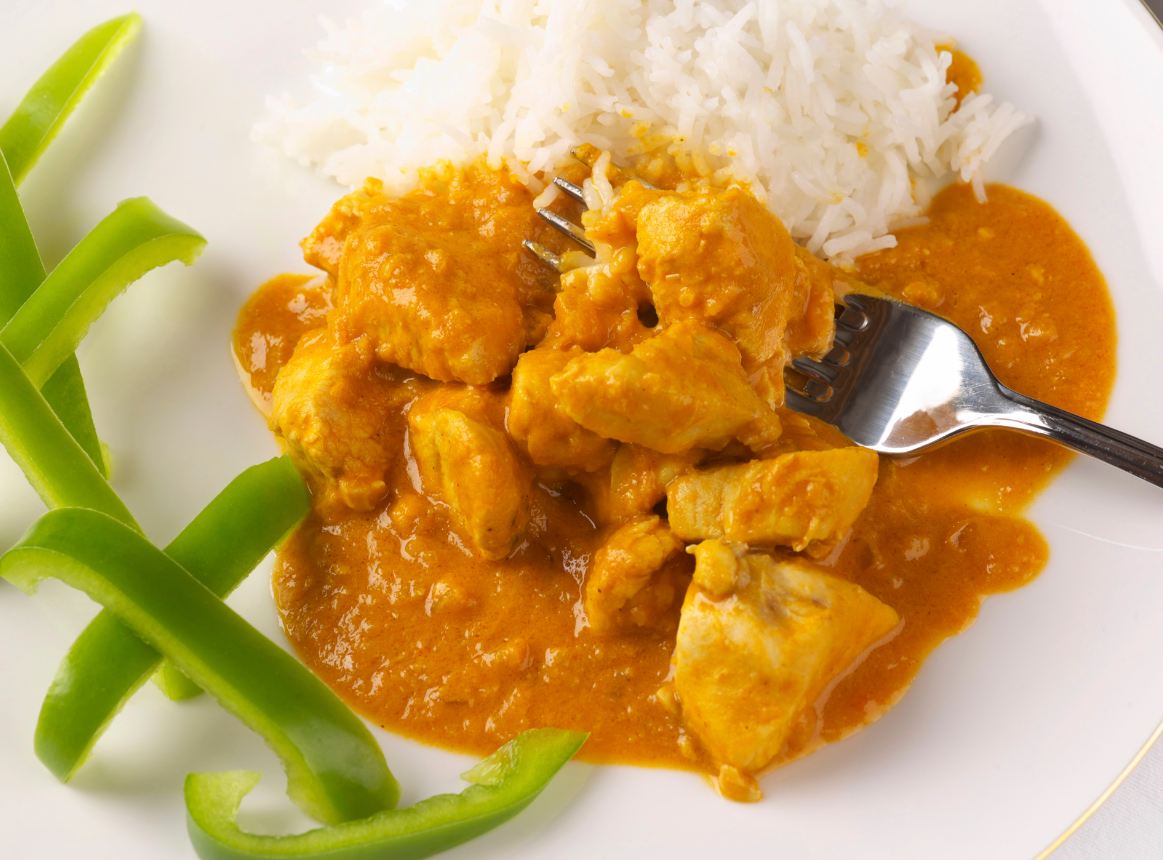 Recipe and image from www.independent.ie
Recipe and image from www.independent.ie


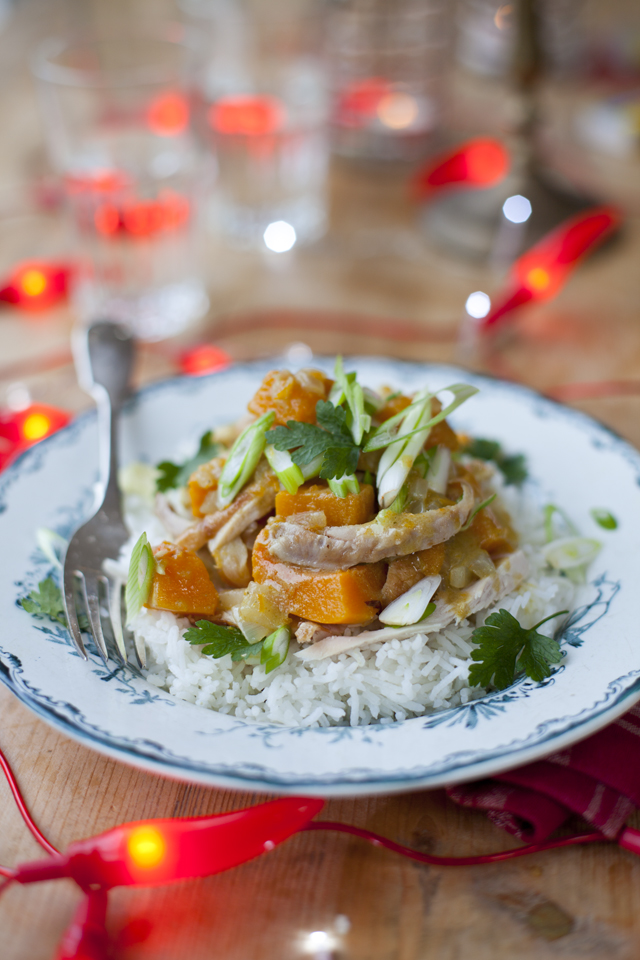
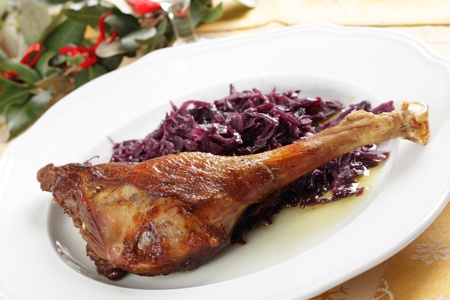 Here’s a great recipe for free range goose by Neven Maguire that we came across in
Here’s a great recipe for free range goose by Neven Maguire that we came across in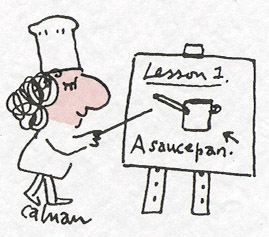
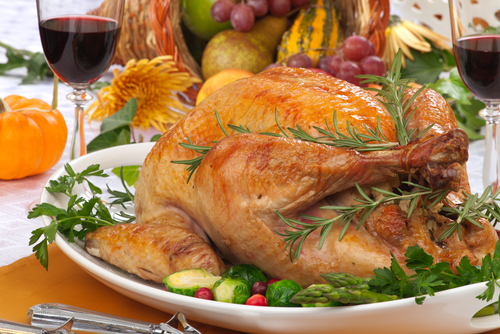
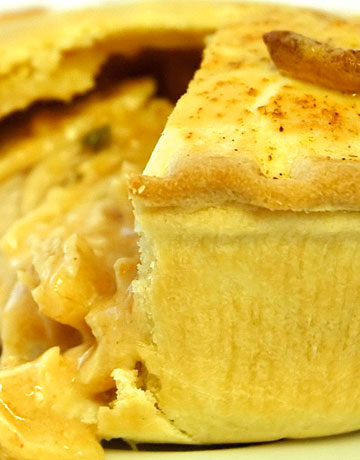 This is one of our favourite free range turkey leftover recipes by Rachel Allen. We came across this one from an article in
This is one of our favourite free range turkey leftover recipes by Rachel Allen. We came across this one from an article in 